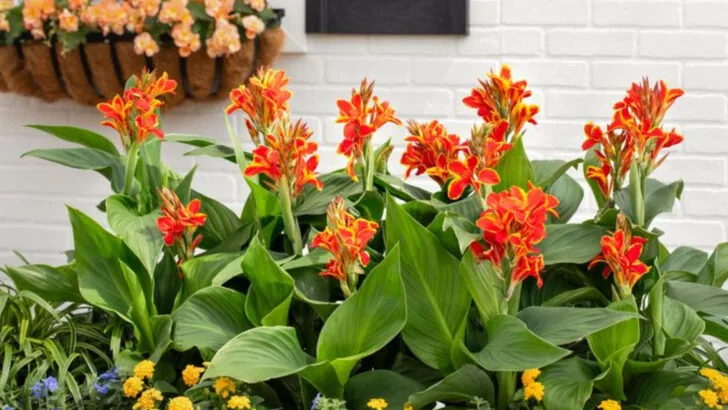Rain can be a gardener’s best friend—or their worst enemy—depending on which plants you’re growing. Some plants thrive in wet conditions, soaking up the rain and bursting with health, while others wilt or suffer when their roots stay soggy too long. Understanding which plants love the rain and which ones prefer to stay dry is key to a happy, thriving garden.
In this article, we’ll explore 7 plants that adore rainy days and flourish with plenty of moisture, as well as 8 plants that get stressed or damaged by too much water. Knowing the difference helps you plan your garden smarter, avoid common watering mistakes, and keep all your plants feeling their best no matter the weather.
Whether you live in a rainy climate or just want to get the most out of those occasional showers, this guide will help you balance water-loving and drought-tolerant plants perfectly. You’ll be able to enjoy a lush, vibrant garden without worrying about soggy roots or thirsty blooms.
Ferns
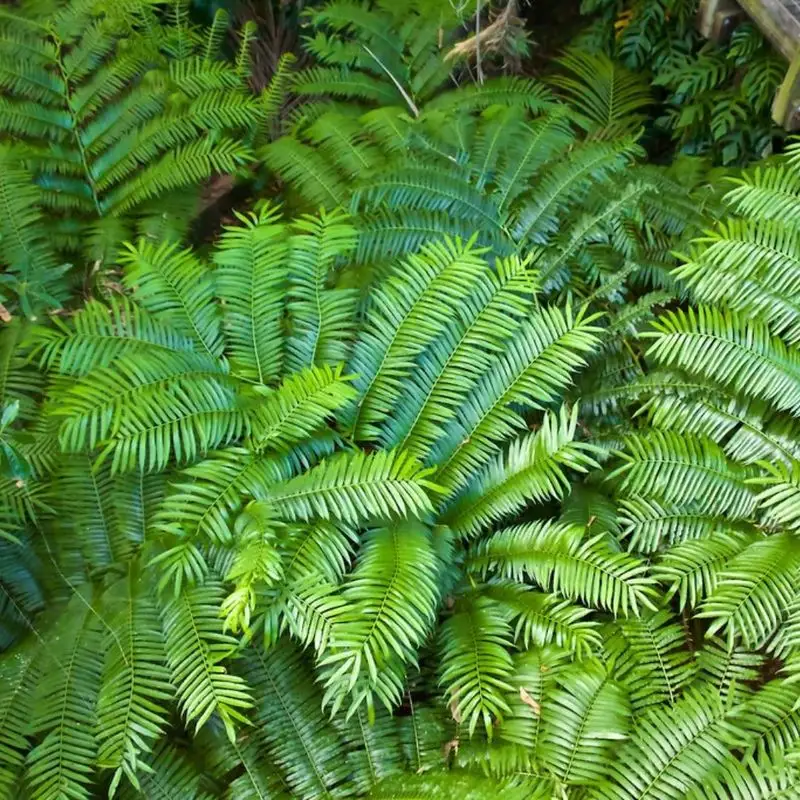
Ferns, with their ancient lineage, are well adapted to moist environments. Their fronds unfurl in rain, capturing droplets that glisten under the forest canopy. Whether in the wild or your garden, they thrive in shaded, damp areas, making rainy climates their natural habitat. An added bonus is their ability to filter air, providing a fresh, breathable environment. While they love moisture, ensure their soil is well-draining to prevent root rot. A sprinkle of rainwater and they’re good to go! What’s more, ferns have been around since the age of dinosaurs, adding a touch of prehistoric elegance to modern gardens.
Hostas
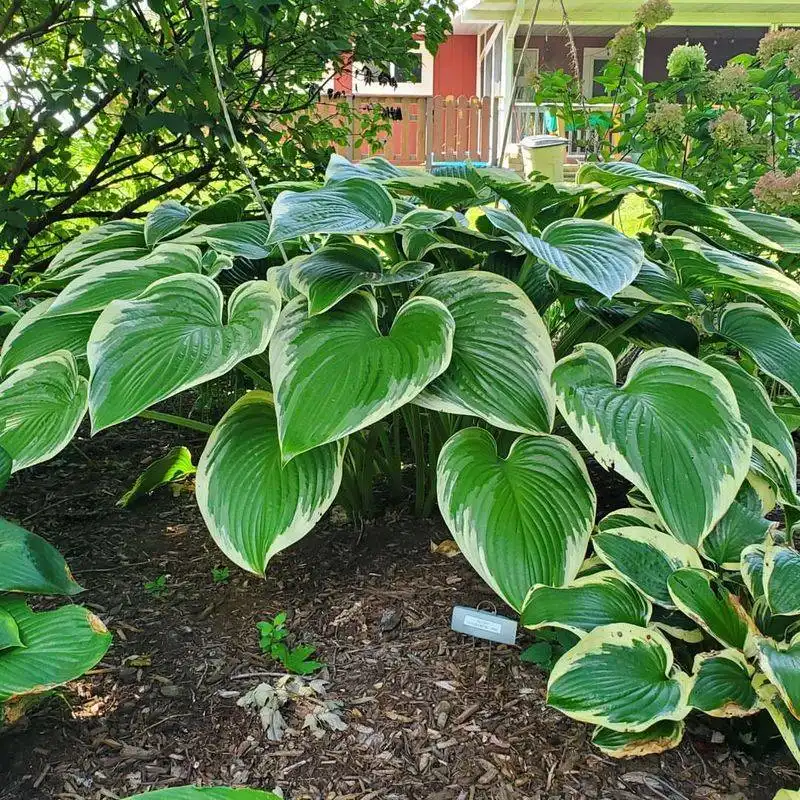
With broad, textured leaves, hostas are a garden favorite, embracing rain with open arms. The water beads gracefully on their surface, highlighting their intricate patterns. Best suited to shady spots, they thrive with regular rain and minimal maintenance. Their resilience against harsh weather makes them a staple in wet gardens. While slugs might find them irresistible, a little care can keep these pests at bay. Besides their love for rain, hostas provide ground cover, preventing soil erosion. Their lush foliage brings a calming green palette to gardens, perfectly complementing other rain-loving plants.
Iris
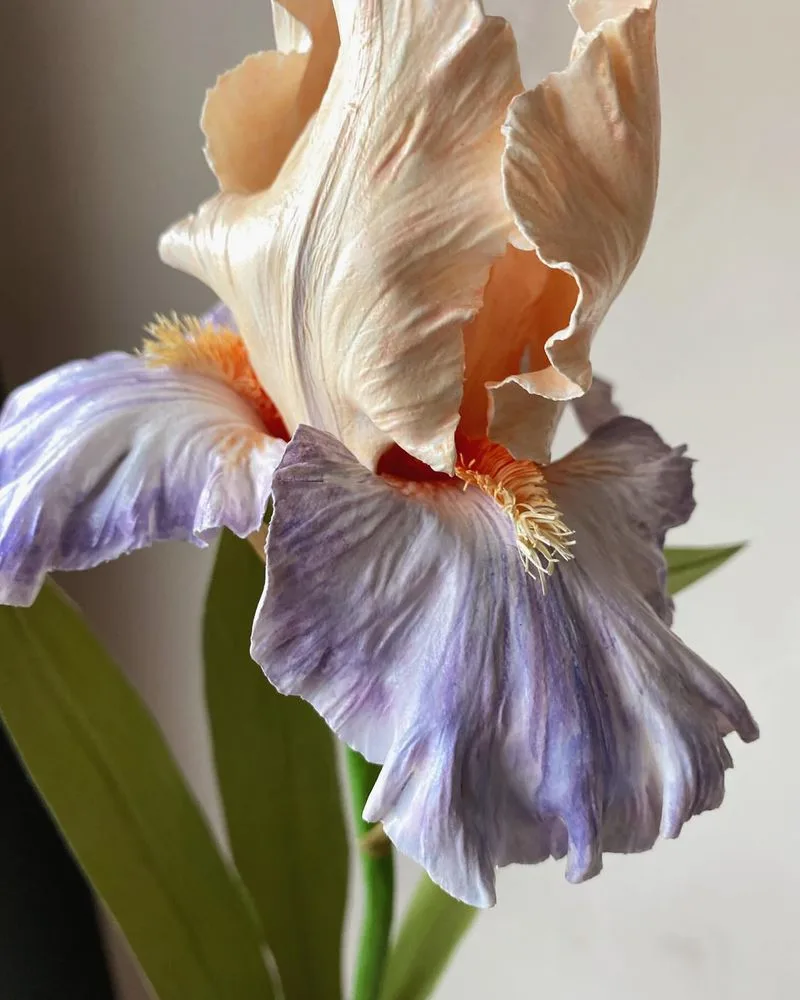
Iris flowers, with their striking colors and unique shapes, are a testament to beauty in diversity. They revel in a good rain shower, the water encouraging their blooms to burst forth with vigor. Often found in wetlands, they add a splash of color to marshy landscapes. Their robust nature means they require little fuss once established. Plant them in well-draining soil, and they’ll reward you with blooms that attract butterflies and hummingbirds. Did you know? The iris is named after the Greek goddess of the rainbow, a nod to its vivid range of colors.
Canna Lilies
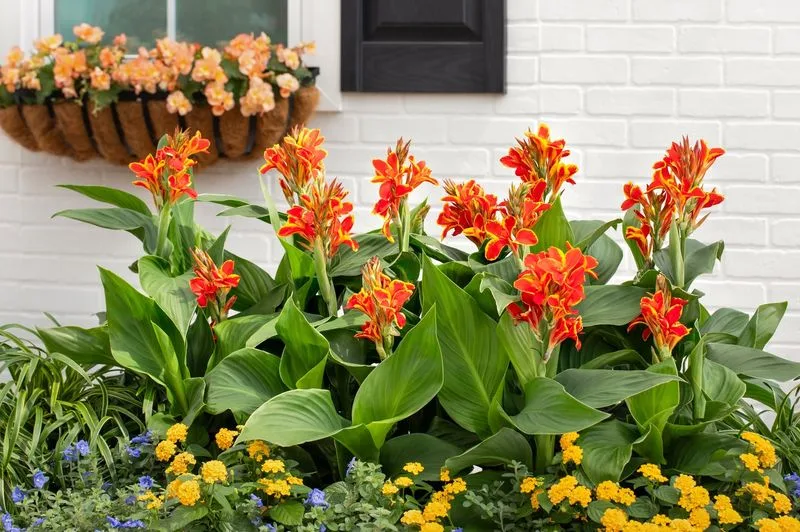
Bold and exotic, canna lilies bring a touch of the tropics to any garden. Their large, vibrant flowers and lush foliage thrive in warm, wet conditions, basking in the nourishment rain provides. Perfect for adding height and drama, they are often found in water gardens or near ponds. Their ability to filter water makes them an eco-friendly choice for areas prone to runoff. While they enjoy wet feet, ensure they are planted in rich, well-draining soil to prevent stagnation. Canna lilies not only beautify spaces but also support the environment by attracting pollinators like bees and butterflies.
Astilbe
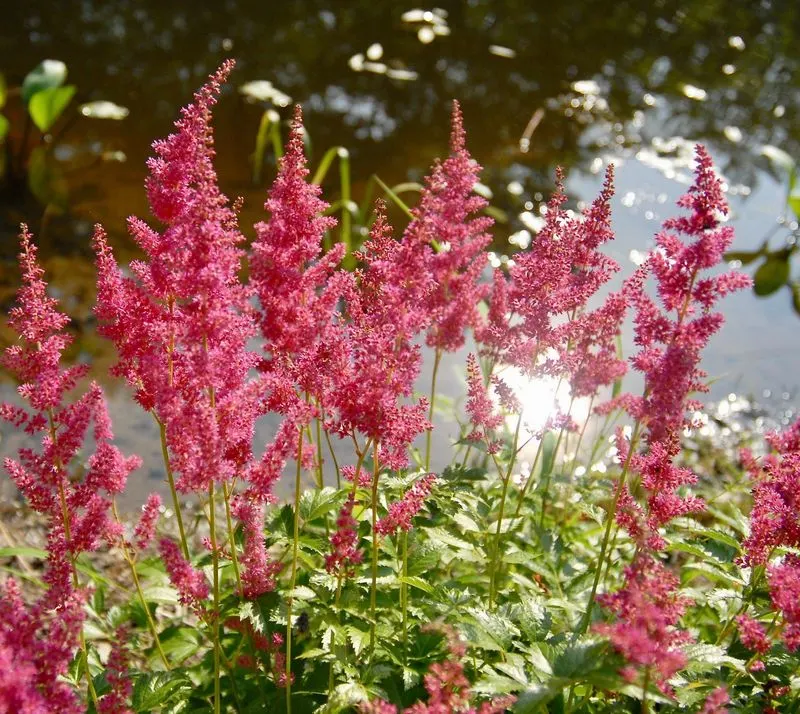
Astilbe, with its feathery plumes, thrives in moist, shaded gardens, where it can show off its pastel hues. This perennial is perfect for filling gaps in the garden, providing texture and color where others might fail. The rain enhances its delicate appearance, making it a standout feature against the green backdrop. Ideal for cottage gardens, astilbe needs consistent moisture to look its best. Pair it with ferns or hostas for a cohesive, rain-loving ensemble. Not only does it attract butterflies, but it also requires minimal maintenance, making it a gardener’s delight on rainy days.
Japanese Maple
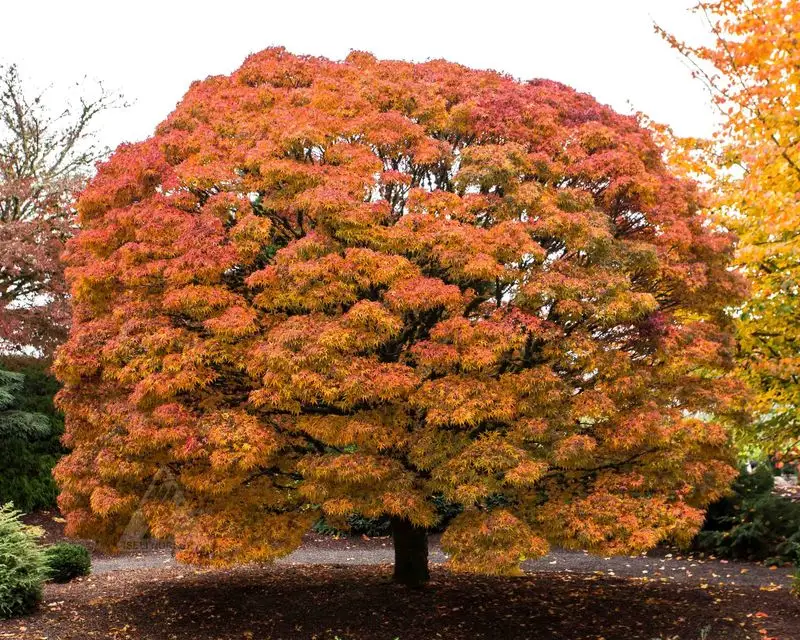
The Japanese maple, with its intricate leaves and vibrant colors, is a garden masterpiece. It appreciates a gentle rain, which enhances its foliage’s brilliance. Known for its graceful form, it’s often the centerpiece in gardens. While preferring moist, well-drained soil, it’s vital to protect it from waterlogging. This tree adds an artistic touch, whether placed by a pond or in a rock garden. Its leaves, turning fiery hues in autumn, offer year-round interest. Historically, Japanese maples have been cultivated for centuries, symbolizing peace and beauty, making them a treasured addition to any garden space.
Elephant Ears
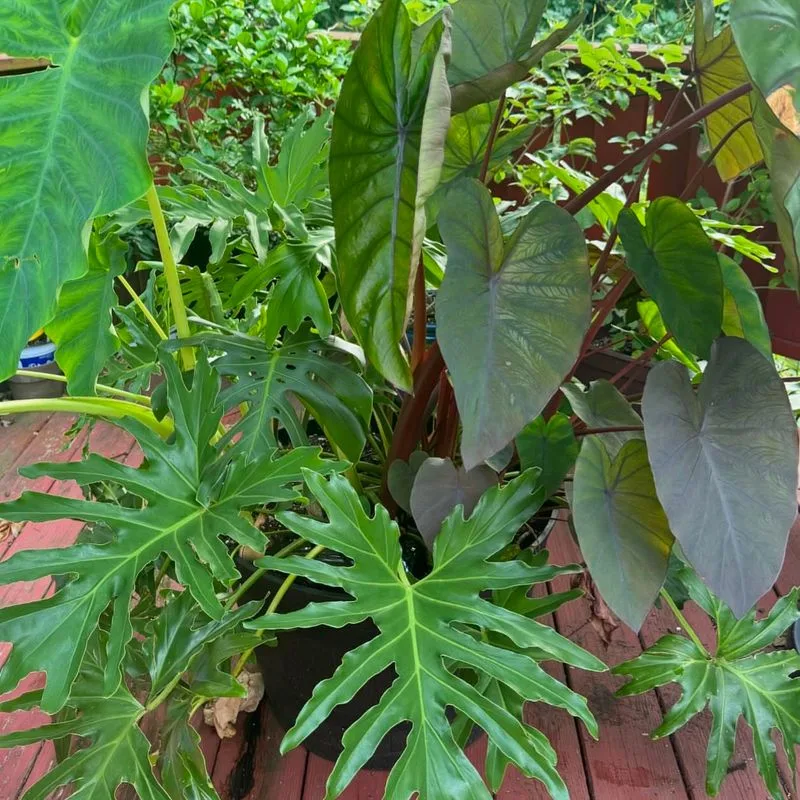
Elephant ears, known for their gigantic leaves, love the tropical rain. These plants make a bold statement in any garden, capturing raindrops on their expansive surfaces. Ideal for adding a touch of drama, they thrive in wet, humid conditions. Plant them in a sunny spot with rich, well-draining soil to prevent waterlogged roots. Besides their visual appeal, elephant ears are often used in culinary dishes across various cultures. With proper care, they provide a piece of the tropics right in your backyard, creating an inviting environment for both people and wildlife alike.
Lavender
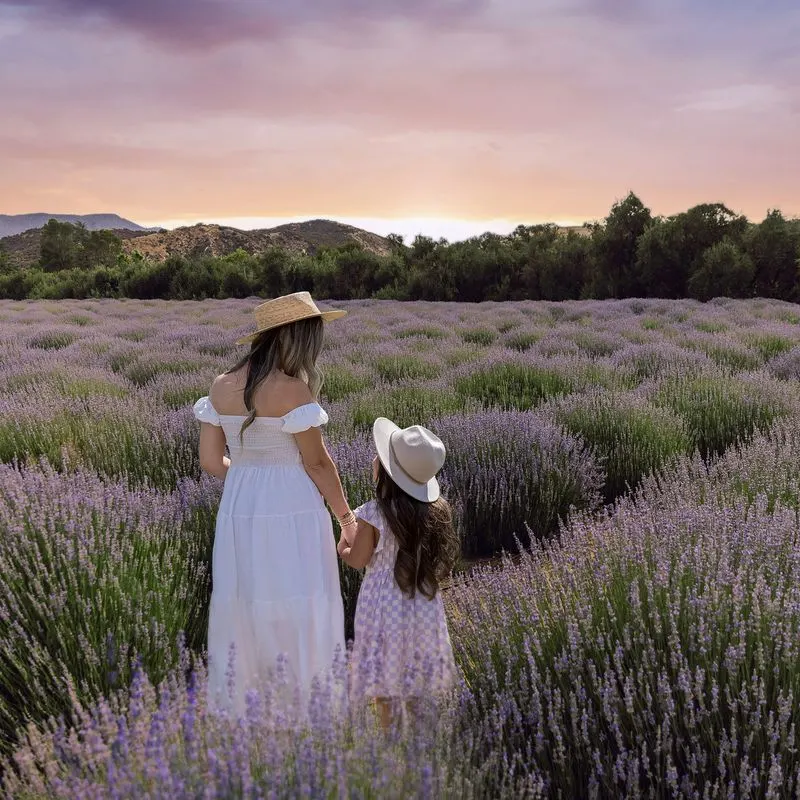
Despite its popularity, lavender isn’t fond of rain-soaked conditions. This aromatic herb prefers dry, well-draining soil and plenty of sunshine. Heavy rain can lead to root rot, diminishing its fragrant charm. Plant lavender on a slope or in raised beds to ensure adequate drainage. Its silvery foliage and purple blooms bring a touch of Provence to gardens, attracting bees and butterflies while deterring mosquitoes. Known for its calming properties, lavender is often used in aromatherapy. However, too much rain can dampen its spirits, so moderation is key for this Mediterranean native.
Cactus
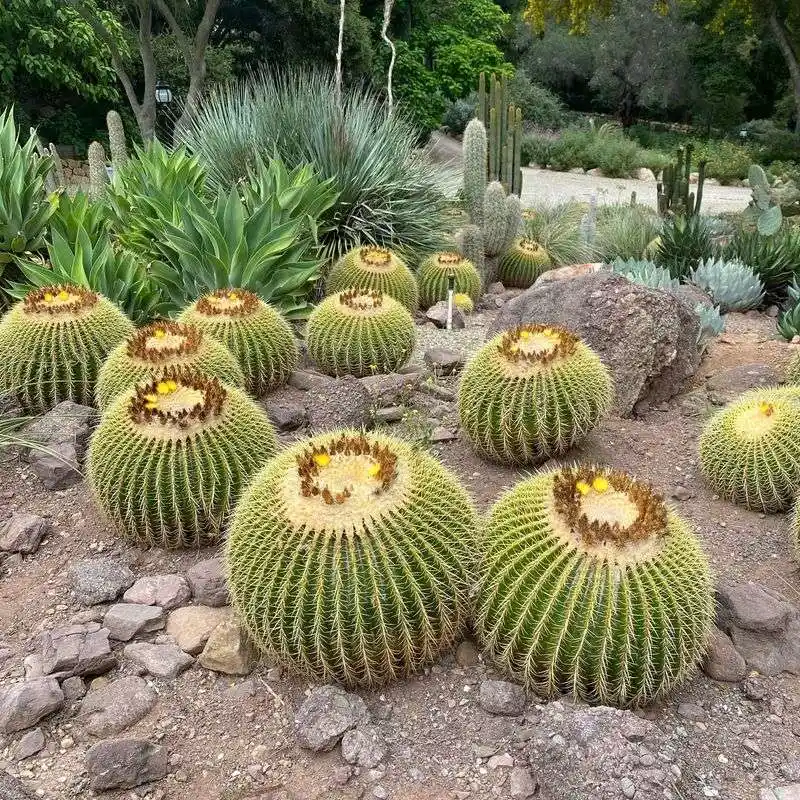
Cacti, the quintessential desert dwellers, shy away from rainy conditions. Designed to store water, these resilient plants thrive in arid environments where rain is scarce. Excessive moisture can lead to rot, making well-draining soil essential. Cacti add an architectural element to gardens, with their spiky silhouettes and vibrant blooms. Popular as indoor plants, they require minimal watering and attention. In the wild, cacti have adapted to survive long periods of drought, a testament to their hardiness. A rare rain shower might refresh them momentarily, but they’re happiest basking under the sun’s relentless glare.
Rosemary
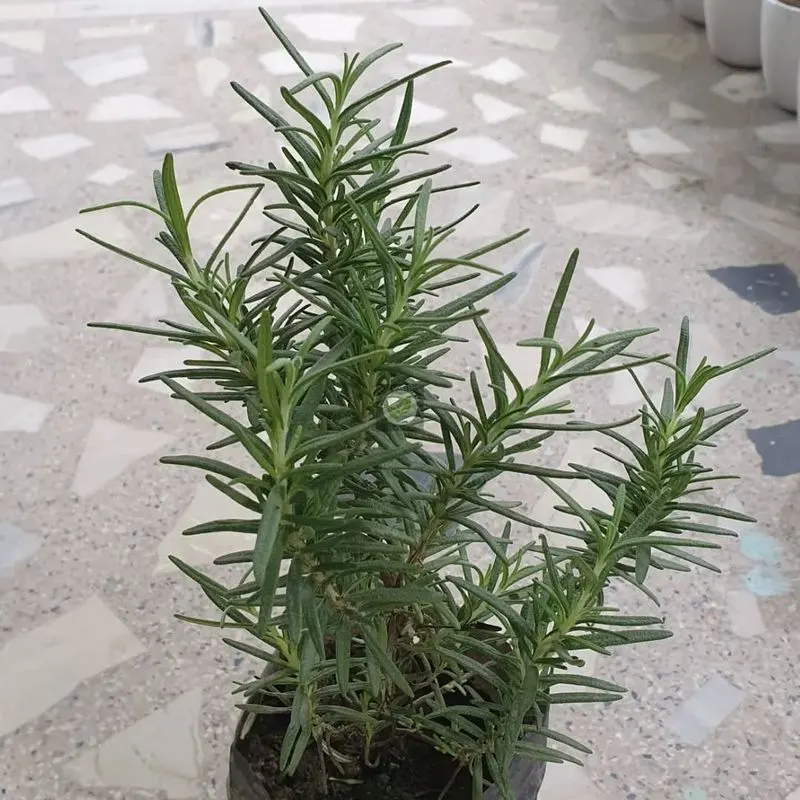
Rosemary, with its aromatic needles, is a culinary staple that prefers drier conditions. Hailing from the Mediterranean, it thrives in sunny, well-drained areas. When exposed to excessive rain, rosemary can suffer from root rot, jeopardizing its robust nature. This herb’s woody stems and fragrant leaves make it a favorite for gardeners seeking both beauty and utility. To keep rosemary thriving, consider planting it in pots that can be moved indoors during heavy rains. Its aromatic oils are known for enhancing dishes and providing a calming aroma, but too much rain can dampen its vigor.
Succulents
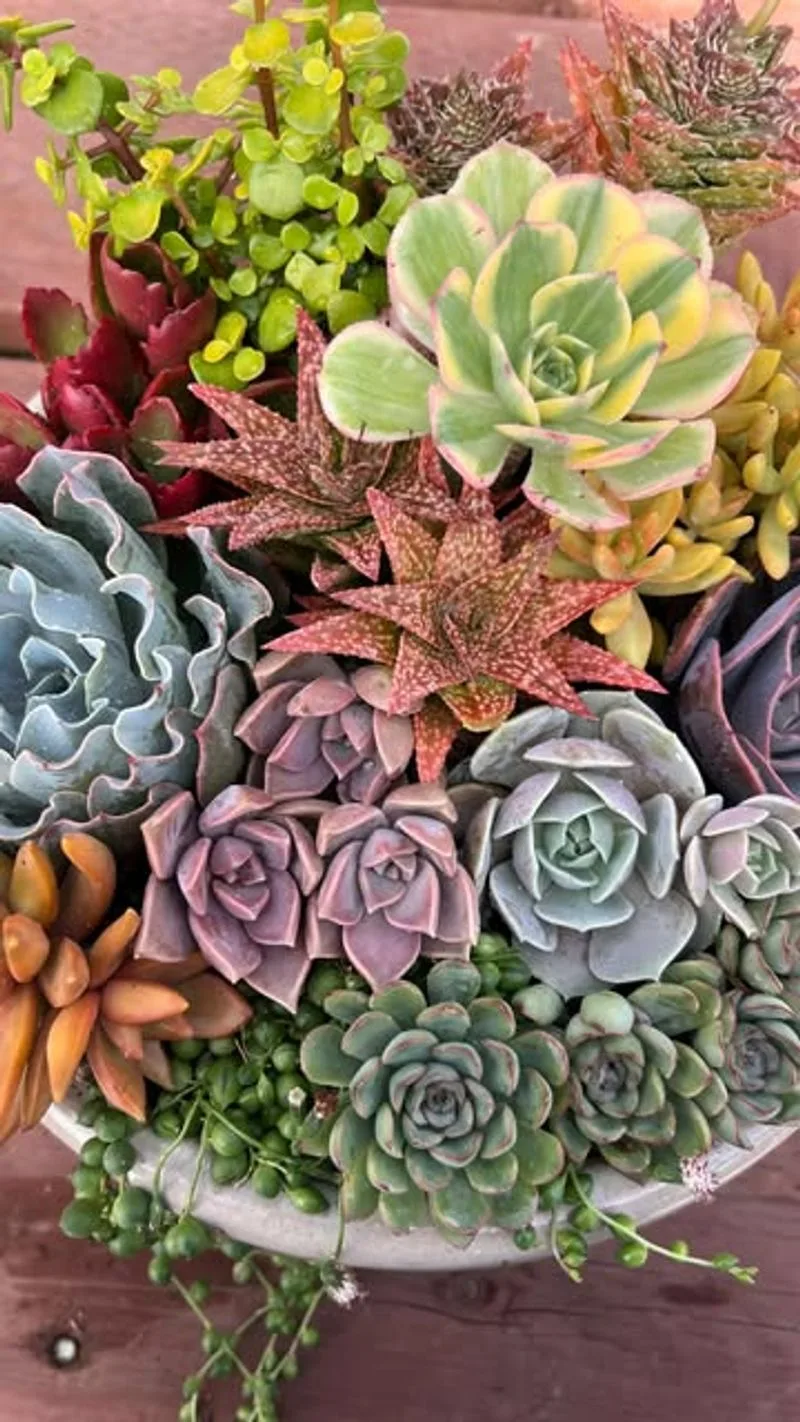
Succulents, celebrated for their water-storing capabilities, prefer to keep their roots dry. Originating from arid regions, these plants are adapted to withstand drought, not downpours. Excessive rainfall can lead to root rot, so well-draining soil is crucial. With their diverse shapes and colors, succulents add a modern, minimalist touch to gardens and indoor spaces. They require minimal maintenance, making them ideal for busy gardeners. A light rain might refresh their leaves, but succulents are best suited for environments where watering is infrequent. Their resilience and low water needs are key to their enduring popularity.
Lavatera
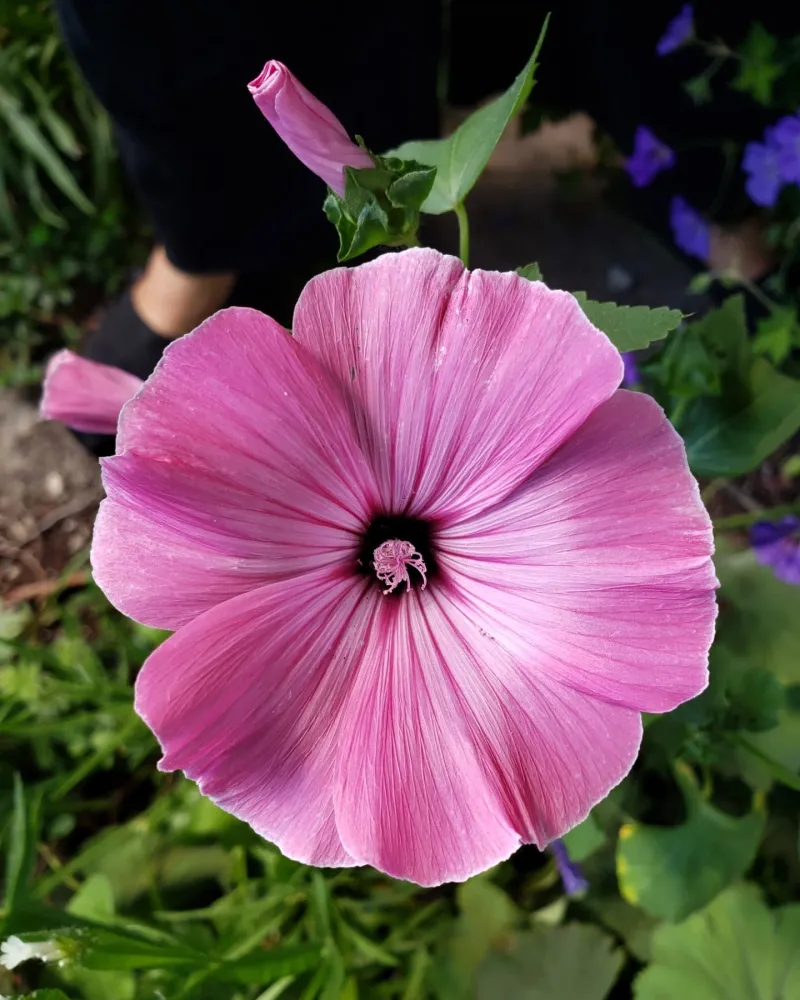
Lavatera, also known as tree mallow, enjoys sun-drenched locations with well-draining soil. Despite its robust blooms, this plant dislikes heavy rain, which can cause its tall stems to topple. Originating from Mediterranean climates, lavatera thrives in regions with dry summers and minimal rainfall. Its large, hibiscus-like flowers add a splash of color to gardens, attracting pollinators like bees and butterflies. However, too much rain can lead to fungal diseases, affecting its growth. When planted in the right conditions, lavatera rewards gardeners with a vibrant display, but careful placement is key to its success.
Echeveria
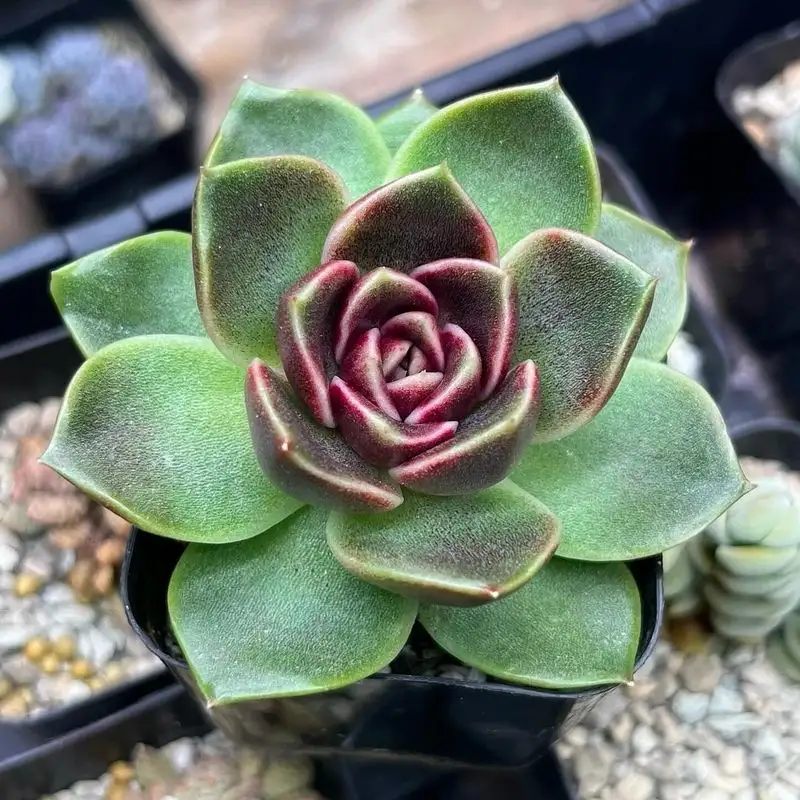
Echeverias, with their stunning rosette shapes, are a favorite among succulent enthusiasts. These plants hail from semi-desert regions, where rainfall is sparse. They thrive in sunny spots with well-drained soil, making them susceptible to rot if overwatered. Echeverias bring a sculptural elegance to gardens and containers, with their symmetrical leaves and captivating hues. Known for their resilience, these succulents require little attention, perfect for those seeking low-maintenance beauty. Although they can handle brief rain showers, prolonged exposure to wet conditions is detrimental. Ensure they are planted in environments that mimic their natural habitat for optimal health.
Sedum
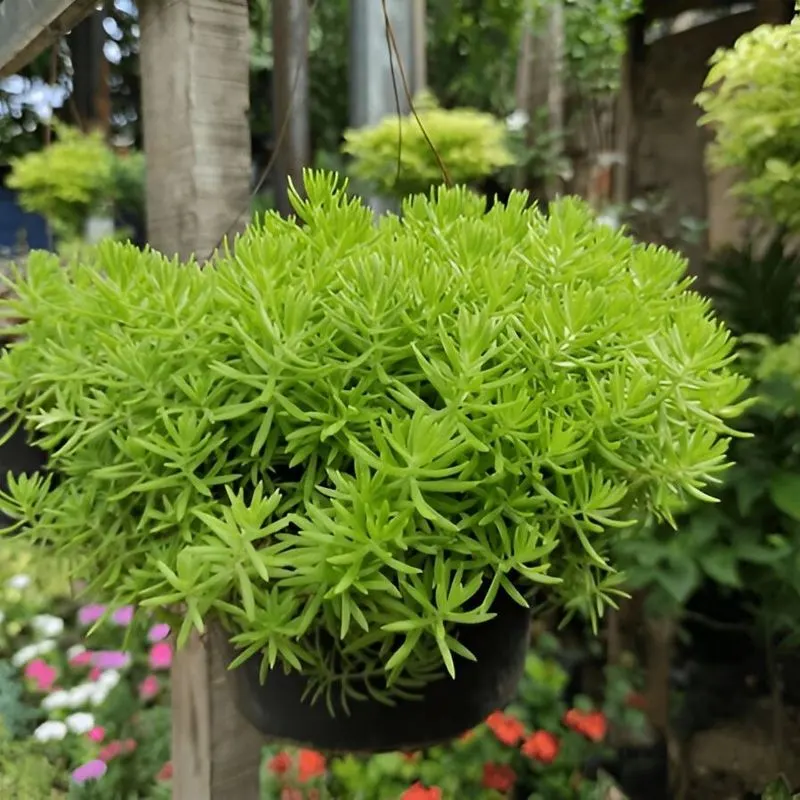
Sedum, often referred to as stonecrop, is a versatile succulent ideal for dry, rocky gardens. While it can tolerate light rain, excessive moisture is not its friend. These plants store water in their leaves, making them drought-tolerant and easy to care for. Sedum’s vibrant flowers attract pollinators, adding life to gardens even in tough conditions. Perfect for ground cover or container planting, they require minimal maintenance. Despite their hardy nature, ensure their soil drains well to prevent rot. A touch of rain can revive their vibrant colors, but sedums are happiest in dry, sunny locales.
Bougainvillea
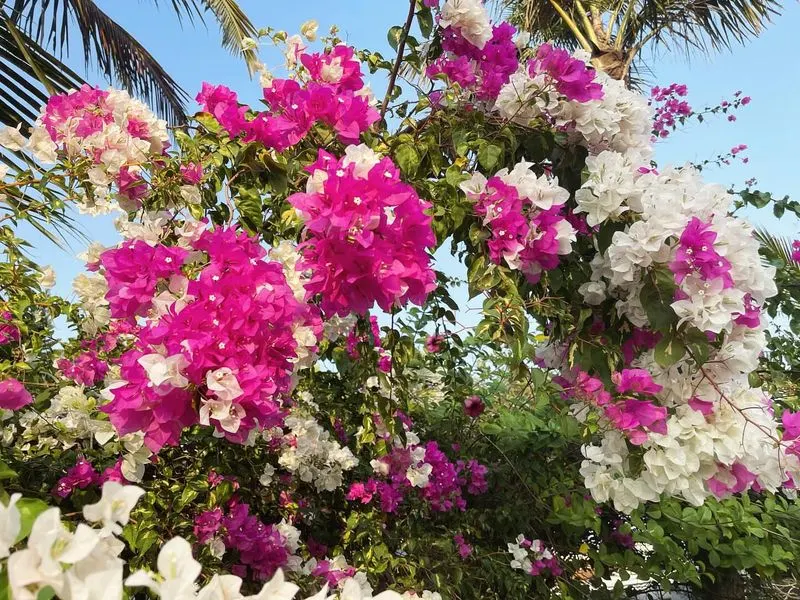
Bougainvillea, with its vivid bracts, is a showstopper in any garden. This tropical plant flourishes in sun-drenched areas with well-draining soil, preferring drought over deluge. Heavy rain can lead to root issues and reduced flowering. Known for its resilience, bougainvillea adds a splash of color to walls and trellises. It requires careful watering and pruning to maintain its shape and vibrancy. While it revels in the warmth, too much rain can dampen its spirits. Plant it where water doesn’t pool, and you’ll enjoy its breathtaking display season after season, showcasing nature’s palette.

